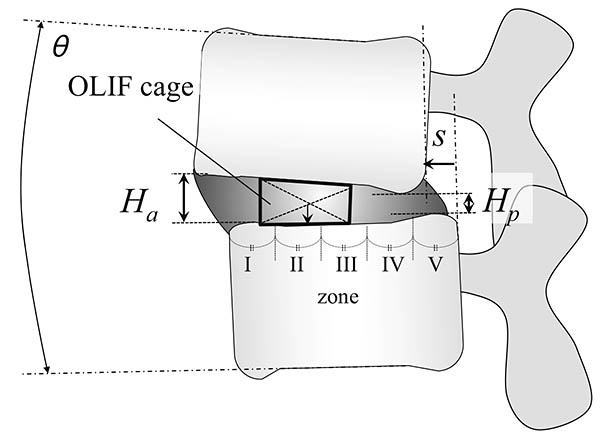-
Yasuhiro Shiga
Department of Orthopaedic Surgery, Graduate School of Medicine, Chiba University
-
Sumihisa Orita
Department of Orthopaedic Surgery, Graduate School of Medicine, Chiba University
-
Kazuhide Inage
Department of Orthopaedic Surgery, Graduate School of Medicine, Chiba University
-
Jun Sato
Department of Orthopaedic Surgery, Graduate School of Medicine, Chiba University
-
Kazuki Fujimoto
Department of Orthopaedic Surgery, Graduate School of Medicine, Chiba University
-
Hirohito Kanamoto
Department of Orthopaedic Surgery, Graduate School of Medicine, Chiba University
-
Koki Abe
Department of Orthopaedic Surgery, Graduate School of Medicine, Chiba University
-
Go Kubota
Department of Orthopaedic Surgery, Eastern Chiba Medical Center
-
Kazuyo Yamauchi
Department of Orthopaedic Surgery, Graduate School of Medicine, Chiba University
-
Yawara Eguchi
Department of Orthopaedic Surgery, Shimoshizu National Hospital
-
Masahiro Inoue
Department of Orthopaedic Surgery, Graduate School of Medicine, Chiba University
-
Hideyuki Kinoshita
Department of Orthopaedic Surgery, Graduate School of Medicine, Chiba University
-
Yasuchika Aoki
Department of Orthopaedic Surgery, Eastern Chiba Medical Center
-
Junichi Nakamura
Department of Orthopaedic Surgery, Graduate School of Medicine, Chiba University
-
Yusuke Matsuura
Department of Orthopaedic Surgery, Graduate School of Medicine, Chiba University
-
Richard Hynes
Department of Orthopaedic Surgery, The Back Center Back Pain Spine Surgery Melbourne Florida
-
Takeo Furuya
Department of Orthopaedic Surgery, Graduate School of Medicine, Chiba University
-
Masao Koda
Department of Orthopaedic Surgery, Graduate School of Medicine, Chiba University
-
Kazuhisa Takahashi
Department of Orthopaedic Surgery, Graduate School of Medicine, Chiba University
-
Seiji Ohtori
Department of Orthopaedic Surgery, Graduate School of Medicine, Chiba University
2017 年 1 巻 4 号 p. 197-202
- Published: 2017/10/20 Received: 2017/01/07 Available on J-STAGE: 2017/11/27 Accepted: 2017/03/17 Advance online publication: - Revised: -
(EndNote、Reference Manager、ProCite、RefWorksとの互換性あり)
(BibDesk、LaTeXとの互換性あり)


